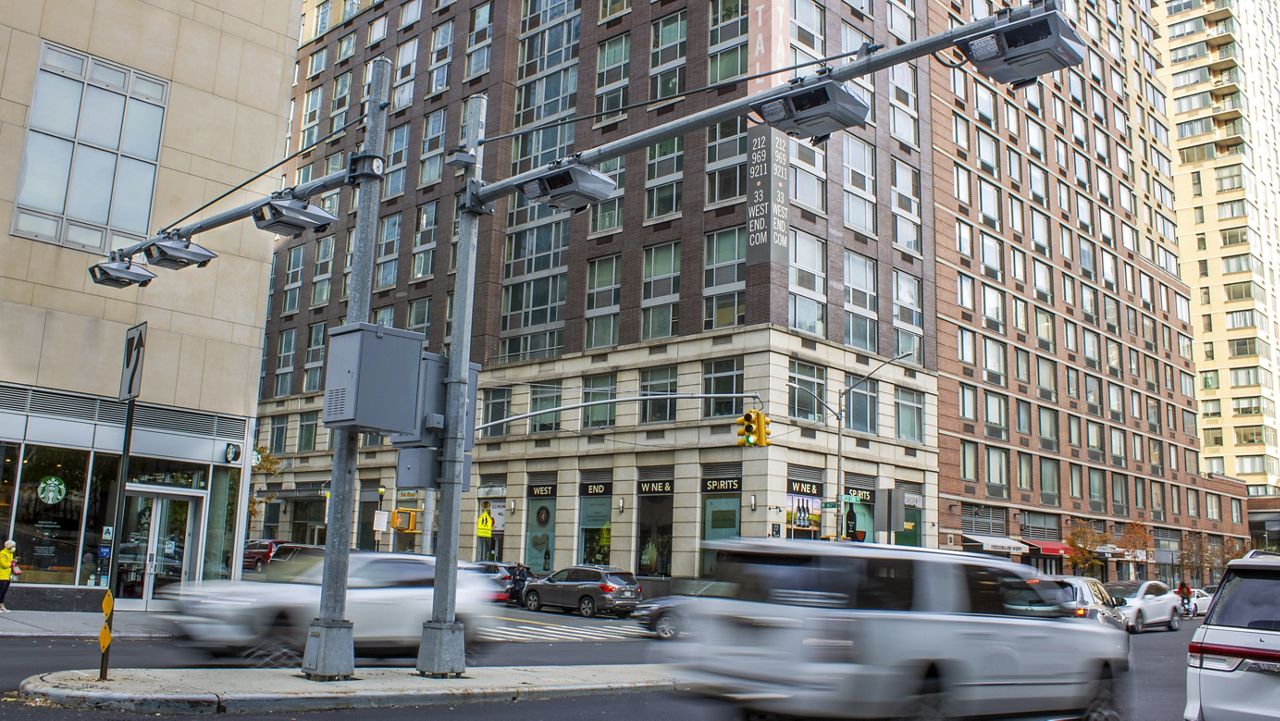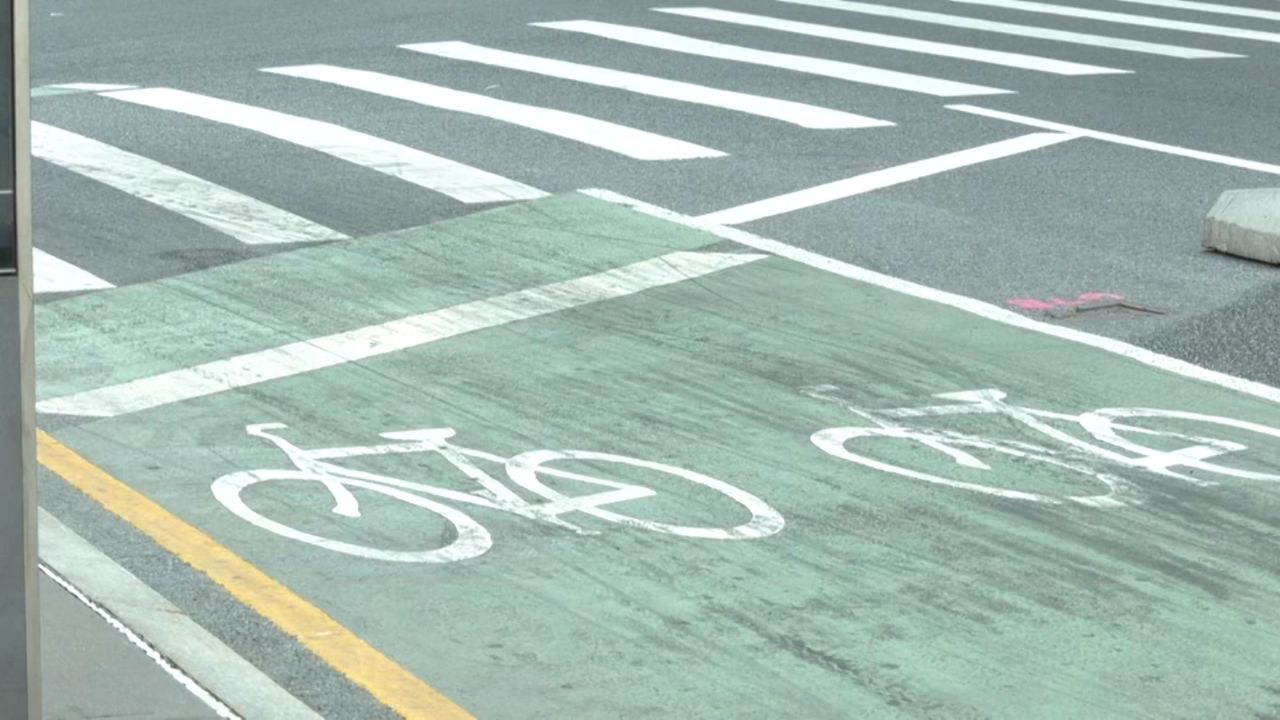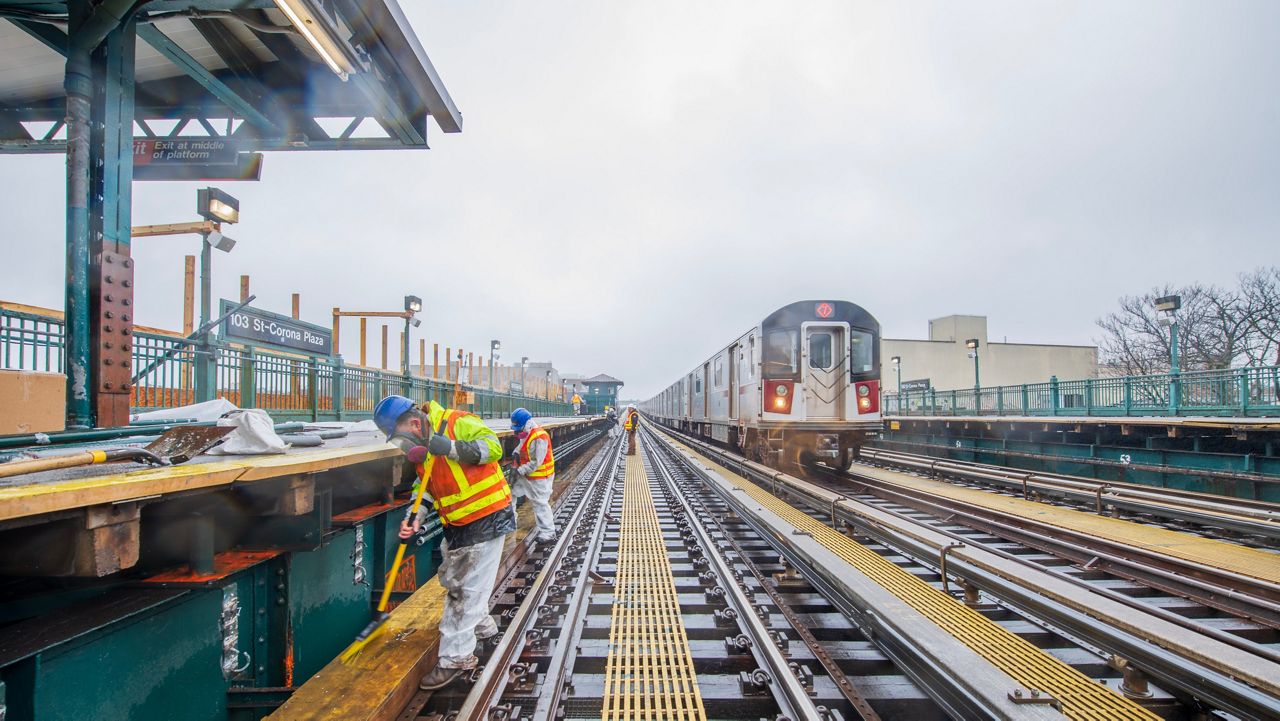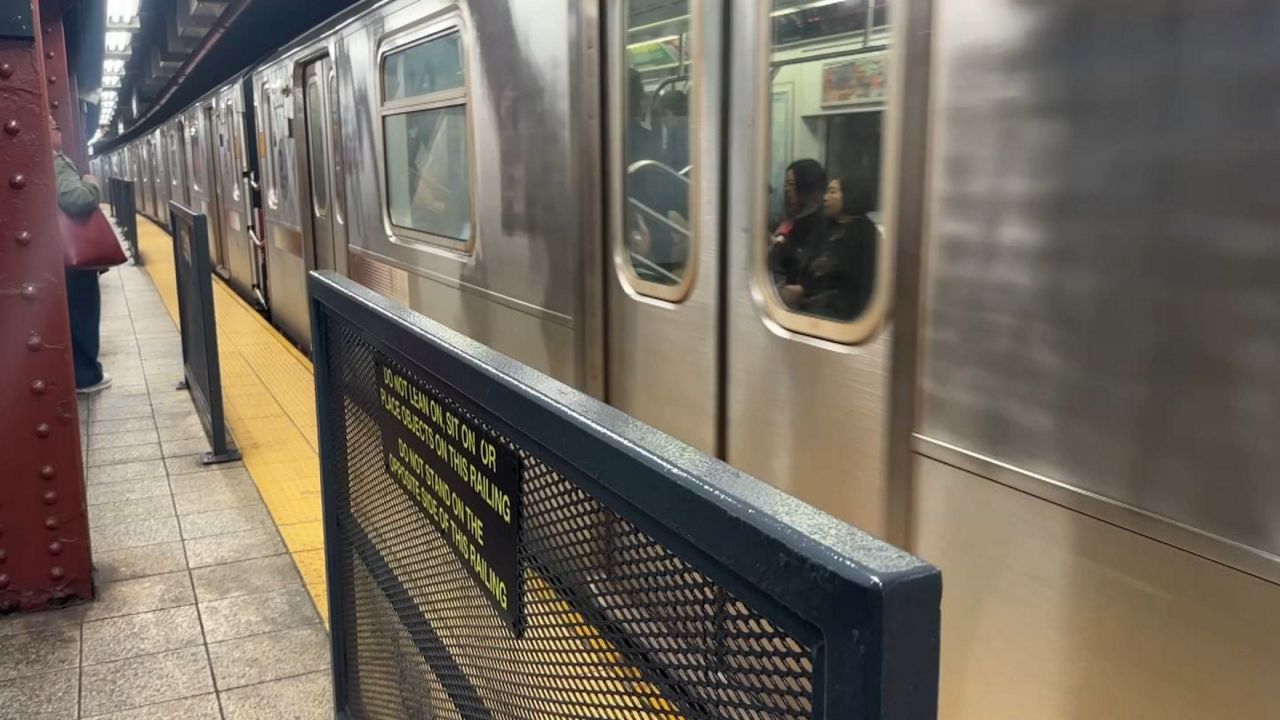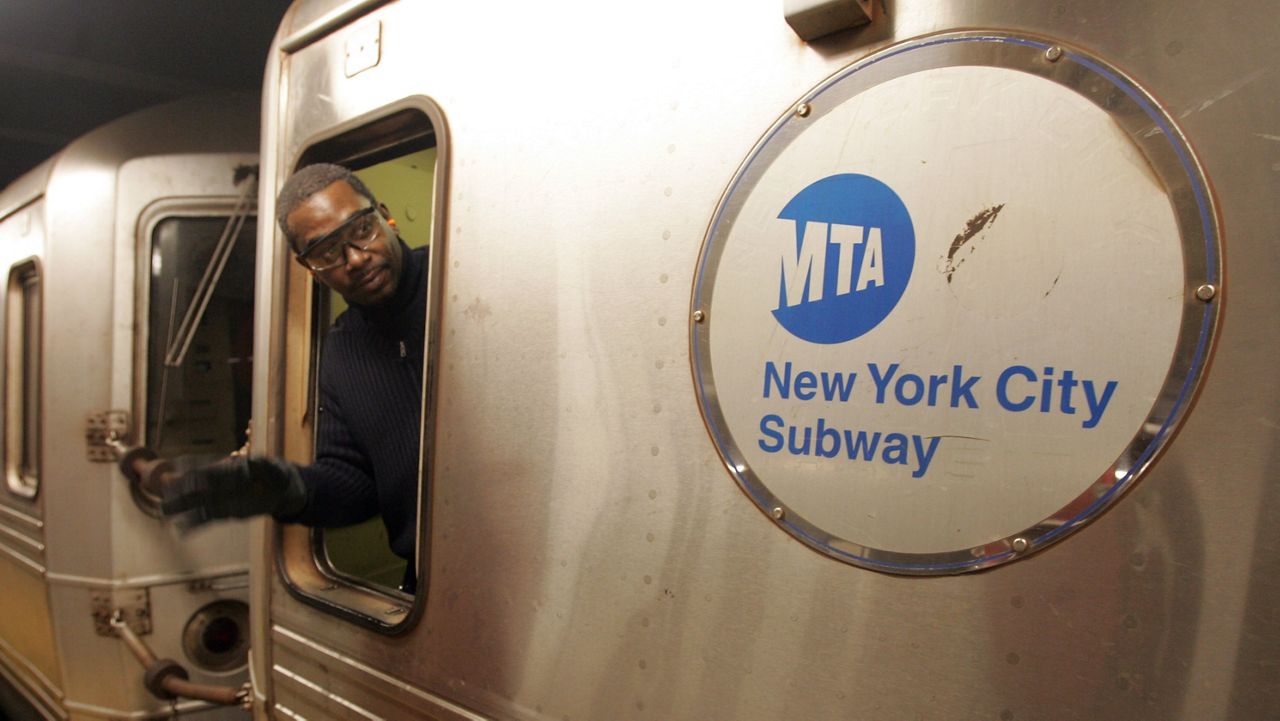The MTA board on Wednesday morning voted in favor of a congestion pricing plan that imposes a $15 base fare for cars entering Manhattan south of 60th Street.
The plan, which the Traffic Mobility Review Board recommended last week, also includes a $24 fare for small trucks and a $36 fare for large trucks — all while carving out various discounts and exemptions for certain vehicles, such as city buses and yellow cabs.
Wednesday's vote, which had nine board members in favor and one opposed, inches New York City another step closer to implementing the controversial and much anticipated toll structure that would apply from 5 a.m. to 9 p.m. weekdays, and from 9 a.m. to 9 p.m. on weekends. Toll rates would be 75% lower at night.
A closer look at the plan reveals that only cars with E-ZPasses will see the $15 base fare. Those without E-ZPasses will pay $22.50 to drive into the Central Business District.
Additionally, on Gridlock Alert Days, the MTA reserves the right to charge an extra 25%.
The plan, the first of its kind in the United States, is expected to generate $1 billion for the MTA's capital plan, and reduce congestion and pollution throughout Manhattan. The review board predicts a 17% reduction in the number of cars, or roughly 153,000 a day.
Now that the MTA board has approved the plan, a four-month public comment period is officially underway. Changes can still be made before congestion pricing is implemented in the spring.
Gov. Kathy Hochul, who rallied in support of the congestion pricing plan alongside MTA leadership Tuesday, celebrated the board’s decision.
“Congestion pricing means cleaner air, better transit and less gridlock on New York City's streets and today's vote by the MTA Board is a critical step forward,” the governor said in a statement.
Meanwhile, MTA CEO Janno Lieber offered his thanks to those who put the recommendation together during a press conference after the vote.
“This is a big day. People have been talking about the necessity of dealing with congestion for decades now,” Lieber said.
“Today I think we saw the caliber of people who were asked to really work out some of the details and make these recommendations, the thought that went into it, the balance,” he added.




